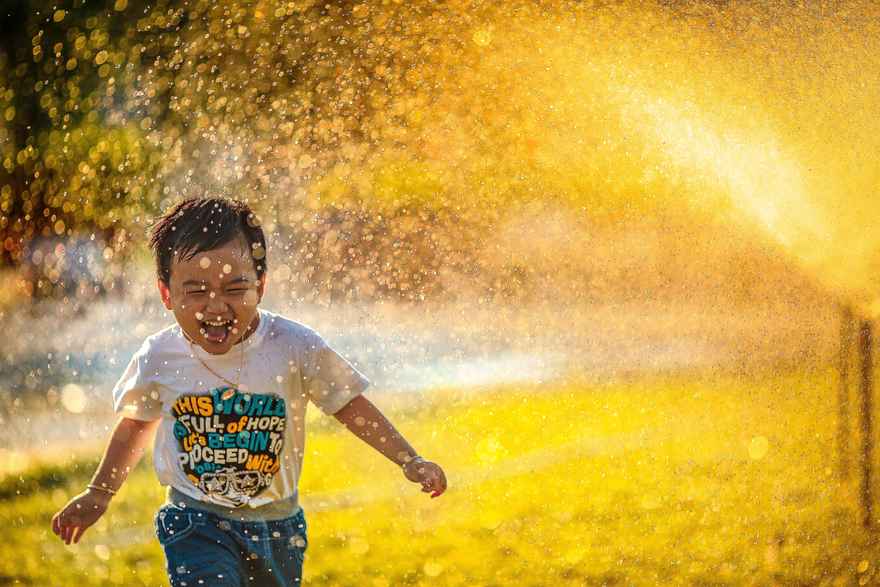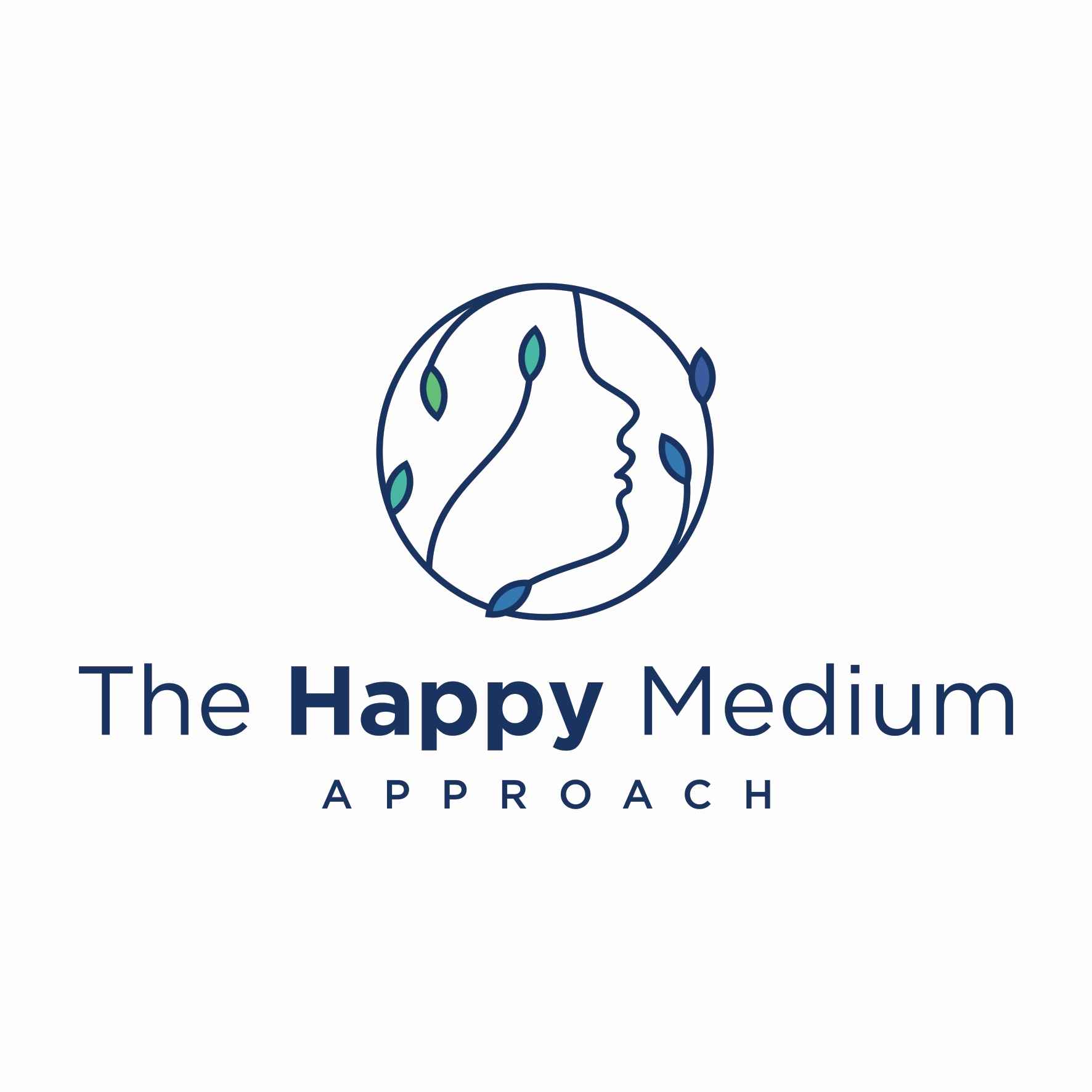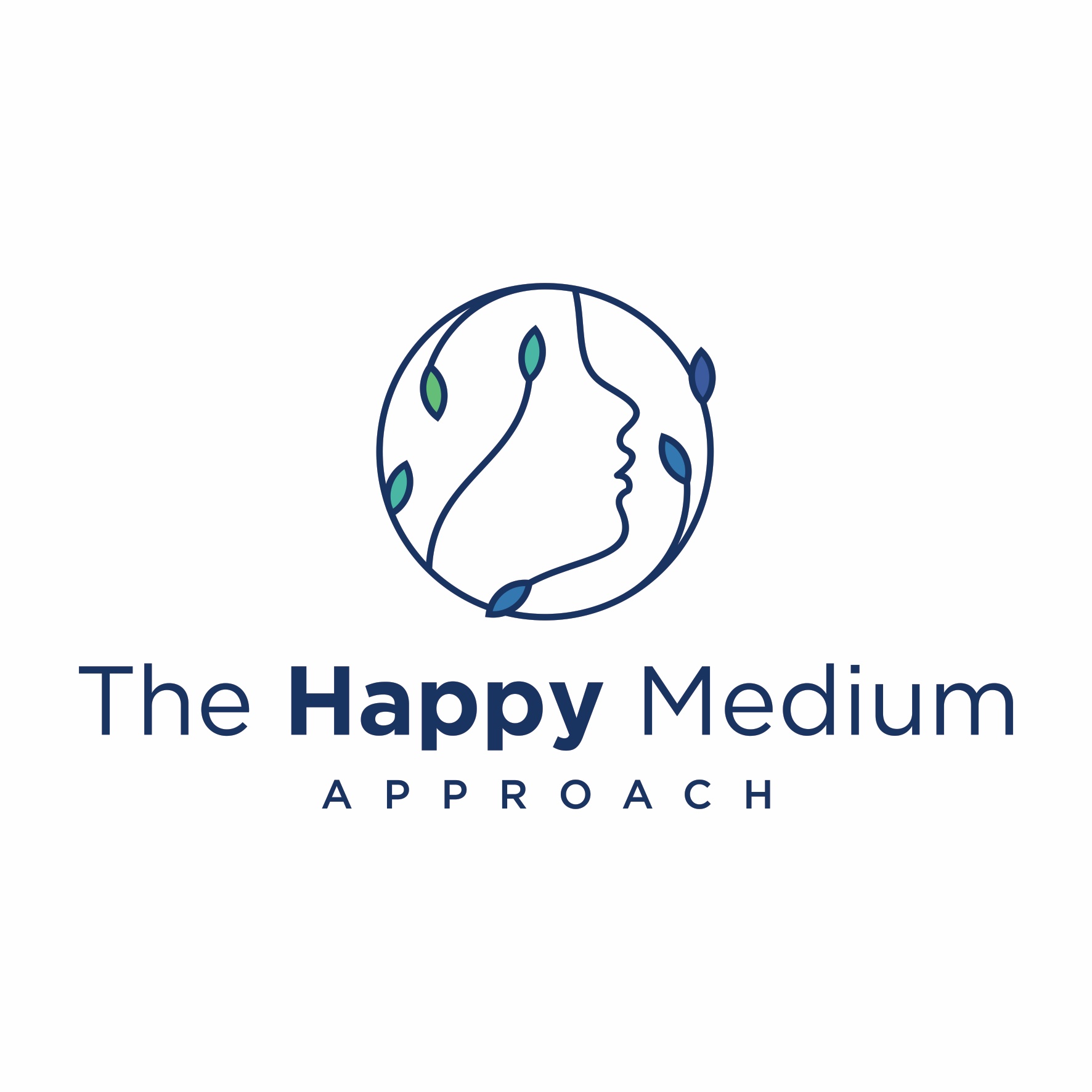Finding and Expanding Your Neurodivergent Child's Joy

So you have a child that's been diagnosed with autism, ADHD, PDA, ODD, DMDD Attachment or something else. What should you do?
First, let's get one thing clear: your child is not broken. You don't have to fix them, and you certainly don't need to feel guilty about their diagnosis.
Being neurodivergent doesn't mean life will be any harder for us than for anyone else; it just means we'll have different challenges to overcome along our journey through it. And guess what? If we can find joy, it will make thing a lot lighter!!
Discoverer space
Discoverer space is a place where your child can explore, experiment and learn through trial and error learning. The goal of discoverer space is to help your neurodivergent child feel safe and comfortable while they are being and becoming themselves. There isn't a fixed destination to finding joy! We as humans have the chance to be ever evolving!
Signs of joy
What are the signs of joy?
The signs of joy can be idiosyncratic. Your child may be joyful when they're stimming, scripting or pacing, or flapping their hands. Or it could be something else entirely! It's important to note that joy can come in many forms and expressions--and if you've ever had a conversation with an autistic person about what makes them happy, you know how varied these answers can be.
They might show you their joy in a more neuronormative way too! Laughing, jumping, giggling or belling laughing. Whatever it might be, get curious, how does my child show their joy?
Engagement
Engagement is a good indicator of how much your child is enjoying something. It can be demonstrated by their body language, facial expressions and tone of voice. Engagement is also demonstrated when your child wants to participate in an activity without it being compliance or coercion; this kind of engagement supports regulation and collaboration. AND facing the hard things that come with living in a society and systems that are designed for the masses.
No pressure
No pressure to get the right answer. You may not know what your child will like or be good at, and that's okay! They may try something and realize they don't enjoy it. That doesn't mean they are flawed, or less than other people, or have failed at life--it just means that this activity wasn't right for them right now.
No pressure to be good at something (or even average). Being neurodivergent is not an invitation to perfectionism; it's a call to authenticity and self-acceptance. Your child might feel like they have failed if they don't get 100% on their math test or win first place in their dance recital...but these expectations are unrealistic when you think about all of the ways we can succeed in life: by being kind; by having fun; by enjoying ourselves; by making connections with others...and these things are much more important than any grade on an exam or trophy sitting on our shelf!
Watch the hidden pressures like questions and suggestions from teachers, parents, and coaches. These pressures can be subtle and hard to spot, but they are there. They often come in the form of questions like: "What do you want to be when you grow up?" or "Why aren't you good at math?” They are often unwritten and not directly spoken, but are very heavy for your child.
You might see these hidden pressures show up in unhelpful behavior, escape, avoidance, emotional dysregulation, and negative self talk. Take note and see where you can remove the pressure and replace with navigating toward joy.
Collaboration
Collaboration is an important part of learning, creativity and joy. We are individuals who live in groups with others! Sometimes we get our own joy, share in other's joy, or create joy together.
When you collaborate with others, you can combine your unique strengths and perspectives to find solutions that are better than any one person could come up with alone. This is true not only in the classroom but also at home, at work and even on the playground!
Collaboration leads to more learning because it allows us to share our ideas with each other so that we don't have to keep them all bottled up inside our heads where they won't get used until later (if ever). It also helps us learn from others' ideas so that we can continue making progress on our projects without getting stuck on something simple like how many apples are needed for baking a pie or what color crayon should be used first when drawing pictures together during story time at school next week."
Self and Collaborative Discoverer Space
To explore your own joy, start by asking yourself: "What makes me happy?", "How do I find my joy"? Put your joy mask on first! Your ways of finding joy my be different than your neurodivergent child, but it is just as important!
So they love flushing the toilet, what ways can I bring that joy into other activities. Can I get the mixer out and put water in a bowl? Maybe add some glitter? Potentially you can find some old bottles of coke and a tornado maker? How do these land for my child? What signs of joy do I see when I no pressure help them try these new activities on. Then keep the creative juices flowing!
Developing a communication system around joy and if you need more of it is critical! So often we keep trudging through life and forget that it is ok to say I need to find my joy so I don't lose my mind! Help your child communicate the need to find some joy. If life is heavy, there have been lots of No's or hard things brining heavy emotions support them is asking for joy and actually finding it. And don't forget you! You need to find your joy too!
Willingness
It's important to note that willingness is a quality that can be fostered and encouraged by parents. You may have a child who is naturally willing, but it's also possible for you to help your neurodivergent child develop this vital skill.
If your neurodivergent child has trouble with willingness, there are ways you can encourage them. Support them in recognizing the emotions that show up based on different things they discover. Were they light emotions, or heavy emotions? Can I carry them, or do I need some relief from them?
Another great way of helping your child develop an understanding of their own capacity for discomfort and joy comes from encouraging them through this discoverer space. We don't know until we try, even if it is a tiny step into the uncomfortable.
Finding and expanding your child's joy is important and can be done without pressure.
The first step is to find joy. Joy can be found in many ways, but it's critical that your child finds joy for themselves. You will not be able to force this on them or make it happen for them. You can help guide their exploration, but ultimately, they will need their own agency in order to expand their sense of self-worth and independence by finding what brings them joy!
Watch out for sneaky pressure. Those pressures that sneak in from unwritten rules from society or parenting books or even therapy teams. Take a pause and notice when maybe event the questions or suggestions you make may be sneaky pressures that your child can feel in huge ways.
Conclusion
So, what does this all mean? How can you help your neurodivergent child find joy in his or her life? First and foremost, it's important to remember that we all have different ways of experiencing the world. The way one person experiences joy may be completely different from another person's. It is ok for them to be them! Check out our upcoming blogs for ideas for stepping into this discoverer space and supporting your child in finding or expanding their joy!
Check out some ideas at the links below!


0 comments
Leave a comment
Please log in or register to post a comment